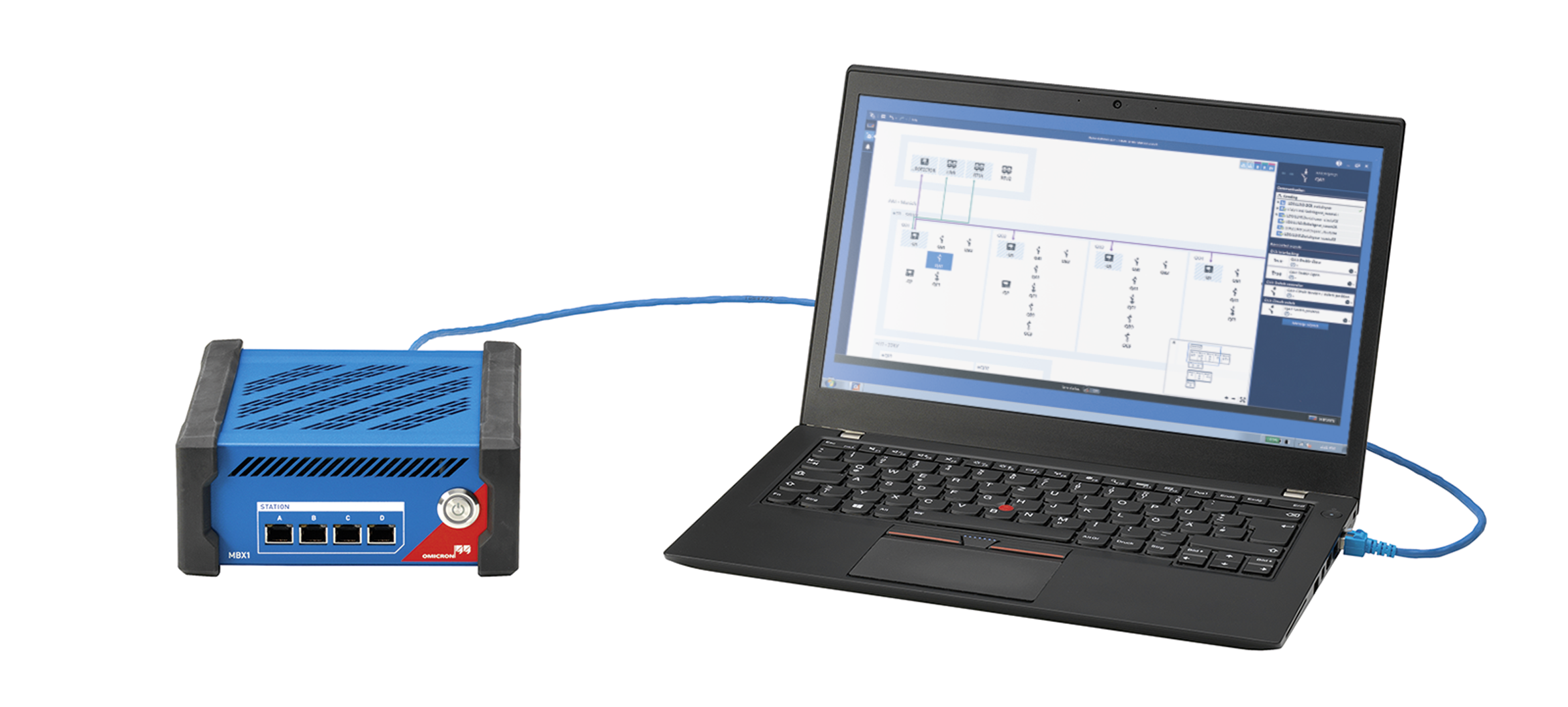People sometimes have surprising talents: Jakob Siemayr, our product manager for CMC accessories, can juggle not only innovative ideas and practical solutions, but also all kinds of objects.
His most recent project was the realization of a CMC 430 accessory that can be used to test protection and measurement devices that allow current and voltage sensors to be connected via low level inputs.
The background: Unlike their electromechanical predecessors, digital protection devices have no special power requirements for current and voltage transformers. Therefore, low-power current and voltage sensors are increasingly being used in medium-voltage systems where protection devices and primary equipment are near to each other.
The simulation of current sensors makes special demands on a test solution:
- Like voltage sensors, the test signal must be in the low voltage range (mV to V).
- Current sensors have a high linearity for a wide range of applications. A test solution must be able to cover this wide dynamic range.
- In Rogowski coils, the output signal is proportional to the first derivative of the primary current. A test solution must be able to simulate this accordingly, both for steady-state sinusoidal quantities and for transient processes.
In addition, the connection to protective devices usually requires device-specific connectors. The new LLX1 accessory unit, which is connected to the Expansion Ports of the CMC 430, covers all requirements ideally. Thanks to the flexible accessories, the range of applications of the CMC 430 has been extended even further.
PS: Although the LLX1 has a very robust design, we would like to recommend juggling balls to ambitious beginners. :)





